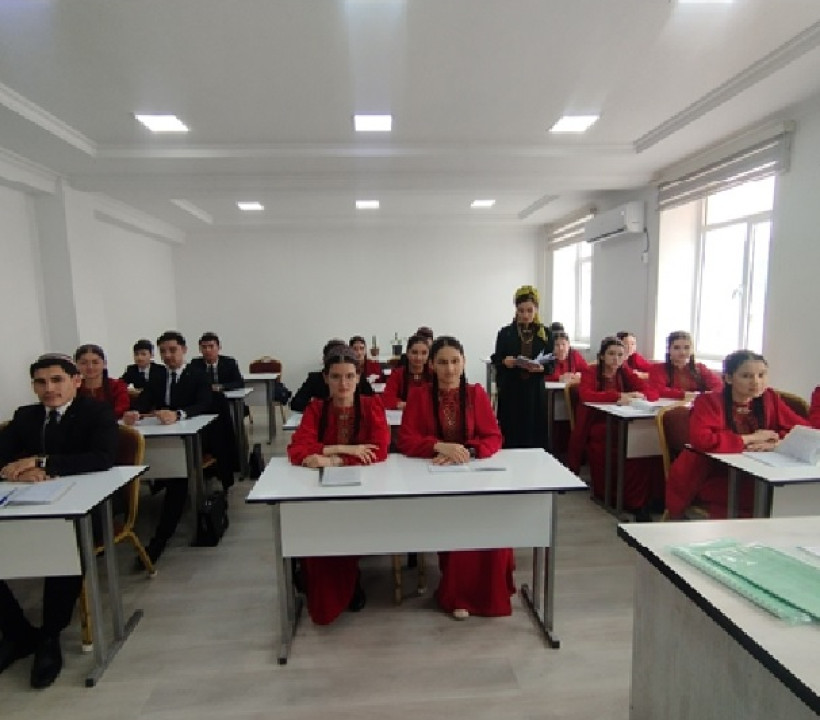The diversified economy of Turkmenistan and its role in the development of life protection of the population of the country
During the 33 years of independent development, Turkmenistan's economy has firmly established its position among the countries that are developing at a high rate of speed and have successfully joined the world economic space. The main goal of those reforms is to overcome the focus of the economy on raw materials, to develop market reforms, to use natural resources efficiently, to create favorable conditions for human life, health, and safety. In the last historical period, the consistent implementation of the strategic direction aimed at the industrial and innovative development model, literally ensured the economic independence of the state. By supporting infrastructure reforms, aiming to achieve the goals of sustainable development, the goals and tasks defined in the "National Program of Social and Economic Development of Turkmenistan for 2011-2030", "Program of the President of Turkmenistan for Social and Economic Development in 2019-2025" its implementation was an important impetus for increasing production efficiency, rational use of investments, including support for non-state sectors of the economy.
Looking back at the progress, it is worth noting that during the years of independent development, Turkmenistan turned from an agrarian state into an industrially developed country. More precisely, in the initial stage, the share of agriculture in the GDP of the country was more than 40 percent, the share of industry was 17 percent, and more than 80 percent of them belonged to the extractive industries. Today, the share of industry in the GDP of the country is more than 27 percent, and the share of agriculture is 11- It reaches 12 percent. At the same time, the structure of agricultural production has changed significantly. While maintaining the importance of cotton growing in the industry, the grain industry was revived in agriculture and the foundation was laid for the development of livestock. This ensured the food security of the country.
Teacher: Matdyeva Bahar





